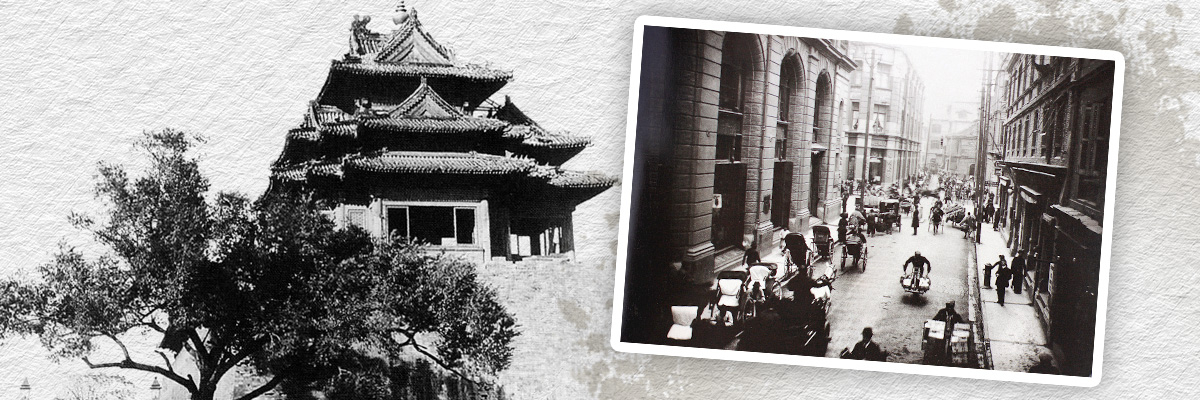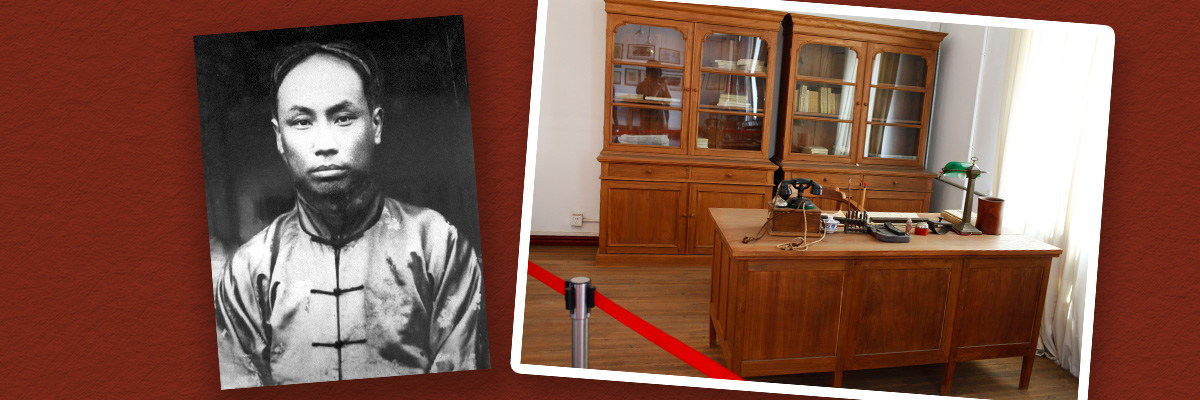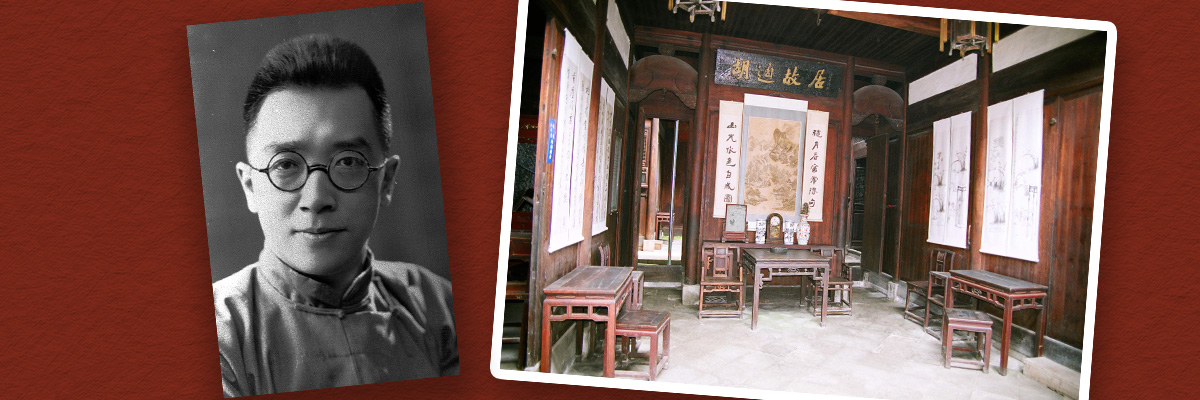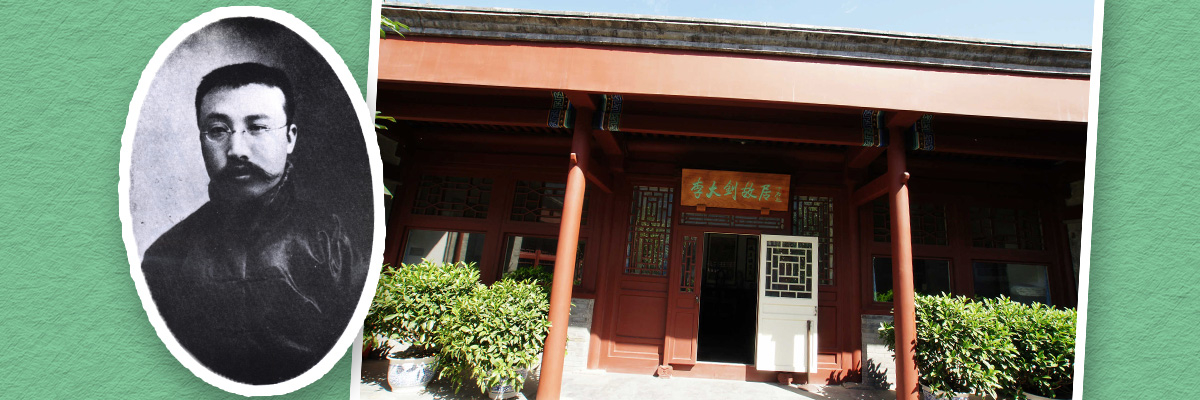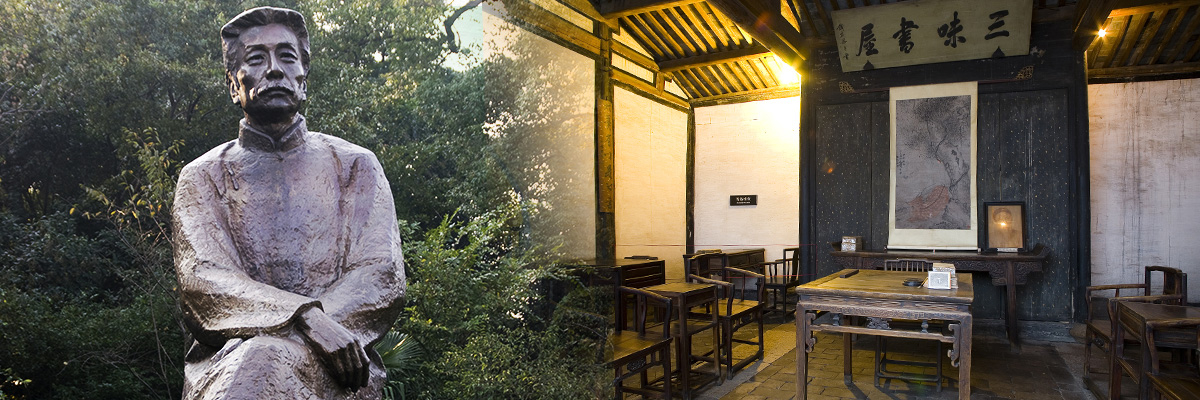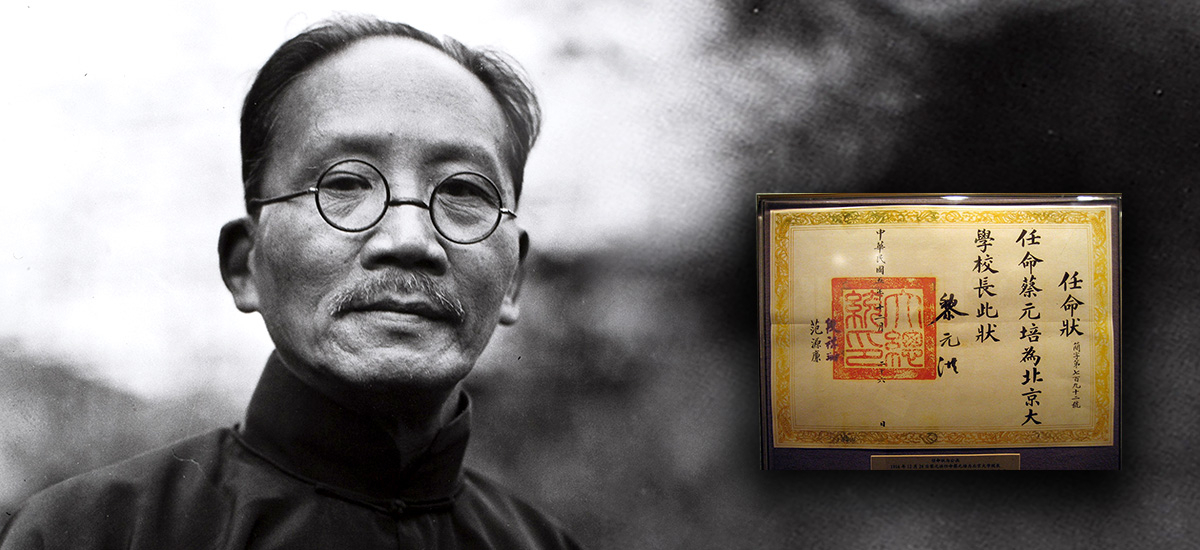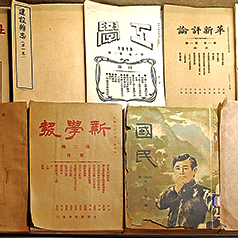The Republic of China not only brought a new regime but also a new culture. This new culture spurred a growing trend that was anti-tradition, anti-Confucianism and anti-classical Chinese language. It stood in opposition to established culture and gradually evolved into a movement towards cultural-intellectual and literary reform known as the New Culture Movement (新文化運動). The beginning of the New Culture Movement was marked by the debut of Youth Magazine (青年雜誌), a Shanghai-based journal edited by Chen Duxiu (陳獨秀) on September 15, 1915. The journal moved office to Beijing the following year and was renamed New Youth (新青年). The New Culture Movement itself was pioneered by a number of intellectuals who had been exposed to new ideas through studying abroad, like Chen Duxiu, Li Dazhao (李大釗), Cai Yuanpei (蔡元培), Hu Shi (胡適, also known as Hu Shih), Lu Xun (魯迅), Qian Xuantong (錢玄同) and Liu Ban’nong (劉半農). New Youth became the group’s main forum. There, Chen Duxiu rallied supporters under the twin banners of democracy and science (which were nicknamed Mr D and Mr S respectively). From October 1917 onwards, the journal shifted its focus to the October Revolution in Russia, and Marxism. By promoting a new mindset, the New Culture Movement laid the cultural groundwork for the subsequent May Fourth Movement (五四運動) demonstrating the mutual support between the two movements. Later, Chen Duxiu, Li Dazhao and Hu Shi had a falling out due to different political views. In June 1923, New Youth shifted to a quarterly schedule and became the official key theoretical text of the Chinese Communist Party. This largely marked the end of the New Culture Movement.
|
|
Why was there a New Culture Movement when the 1911 Revolution had already toppled the monarchy and established the new Republic? |
|
|
See answer below. |
Beijing 1915 - Corner tower of the Forbidden City (故宮); Western-style buildings lined Middle Sichuan Road (四川中路) in Shanghai in a photograph taken around 1915. At that time, Beijing was the capital of the Republic of China and Shanghai was an international trading port. Having overthrown China’s monarchy, the young Republic was at the crossroads where traditional and modern cultures were set to collide.
On September 15, 1915, Chen Duxiu founded Youth Magazine in Shanghai. The photo on the left shows volume one, issue one - the debut issue. From volume two, issue one onwards, the magazine was renamed New Youth and moved office to Beijing shortly afterwards. The newly founded magazine, with its mission of spreading new ideas and promoting a new culture, heralded the New Culture Movement.
Chen Duxiu and his desk while in Beijing. The New Youth journal founded by Chen Duxiu was the leading publication of the New Culture Movement, and he himself also became a key leader of the movement.
In the debut issue of Youth Magazine, Chen Duxiu published a letter titled Call to Youth (敬告青年) in which he proposed six points to young people: 1) be free, not enslaved; 2) be progressive, not conservative; 3) be proactive, not withdrawn; 4) be cosmopolitan, not parochial; 5) be practical, not rhetorical, and 6) be scientific, not speculative. Furthermore, he pointed out, “In order for the Chinese people to deliver themselves from ignorance and the shame of being shallow, they must make haste to catch up with western nations by attaching equal importance to science and human rights.” The ideas of science and democracy were thus introduced.
Hu Shi, another standard-bearer of the New Culture Movement, and his former residence.
Hu Shi contributed to New Youth as a writer and editor. In early 1917, he published an article in New Youth titled A Preliminary Discussion of Literary Reform (文學改良芻議), which garnered widespread attention. His views espousing liberalism, questioning before believing, scientific inquiry and skepticism about the written word promoted the cultural reform.
Li Dazhao and his former residence. Li Dazhao was a writer and editor of the New Youth journal who strongly advocated a new culture. Later, he became an active proponent of Marxism and the October Revolution in Russia.
A statue of Lu Xun and Sanwei Study (三味書屋), where he was educated from the age of 12 to 17. A contributor to New Youth, Lu Xun published Diary of a Madman in the journal in 1918. As China’s first short story that utilized both vernacular Chinese and a modern narration style, its tremendous influence continues to this day.
From left: Qian Xuantong and Liu Ban’nong. Both were editors and writers of the New Youth journal and trailblazers of the New Culture Movement.
Cai Yuanpei and his certificate of appointment as the president of Peking University (北京大學). In December 1916, President Li Yuanhong (黎元洪) signed the certificate to appoint Cai Yuanpei as president of Peking University. His assumption of office in January of the following year spelled a new era for Peking University.
A group photo featuring the second cohort of philosophy major graduates and their instructors from Peking University’s School of Liberal Arts, taken in front of the office at Peking University. In the front row, the fifth and sixth figures from the left are Cai Yuanpei and Chen Duxiu respectively; the seventh figure from the left is Liang Shuming (梁漱溟), a representative figure of new Confucian thought in the early modern era. Under Cai Yuanpei’s leadership, Peking University became a free and liberal forum where traditional and modern ways coexisted. It was as if the university had decided to show China’s education system an example of reform done right.
After Cai Yuanpei took up office, his approach was to “study all classics, encompass every school of thought, promote intellectual freedom and embrace diversity.” While he held renowned conservative scholars like Gu Hongming (辜鴻銘) in regard, he recruited younger, modern scholars like Chen Duxiu, Hu Shi and Li Dazhao as well. He also reformed the university’s leadership system, reorganized the courses of study, established scientific research institutes, advocated civic education and pioneered co-ed education, transforming the university into the nerve center of both the New Culture Movement and the May Fourth Movement during his term of office. He was responsible for shaping it into a renowned educational institution the prestige of which remains uncontested to this day.
The Red Building (紅樓) of Peking University, built in August 1918, stood witness to the New Culture Movement and the 1919 May Fourth Movement.
Named the Red Building for being constructed entirely of red bricks, the first floor of the building housed the library, the second housed classrooms and university offices including President Cai Yuanpei’s office, while the third and fourth housed classrooms. It was a venue for teaching and administration frequented by a succession of intellectuals like Chen Duxiu, Li Dazhao, Hu Shi, Qian Xuantong and Lu Xun. In 1919, when Peking University became the strategic headquarters of the May Fourth Movement, a number of key activities took place at the Red Building and the sports ground to its north.
|
|
Why was there a New Culture Movement when the 1911 Revolution had already toppled the monarchy and established the new Republic? |
|
|
After the Opium War, despite attempts by those with integrity and vision to save the nation via initiating various reforms, successive failures of the Self-Strengthening Movement, the Hundred Days’ Reform and the Late Qing Reform indicated that the Qing dynasty must be overthrown via revolution. Though they finally succeeded in toppling the empire in 1912 and establishing the Republic of China, some people within the nation continued to harbor hopes for and work towards reviving the monarchy. Also, with the nation’s political power in the hands of despotic warlords, the new regime was, like old wine in a new bottle, still very much an empire albeit without an emperor. China’s intellectuals saw the need for a new culture to help legitimize its new form of government. The Western ideologies of democracy and science were thus introduced to uproot despotism and the deep-seated tradition associated with it; in particular the traditional culture modeled on Confucian morals and norms so vital to despotism. It was imperative for China to radically change its society, customs and thought accordingly. To this end, the New Culture Movement was initiated. |
Source of most photos used in this feature piece: Fotoe (picture 1), Visual China Group (pictures 2-10).





